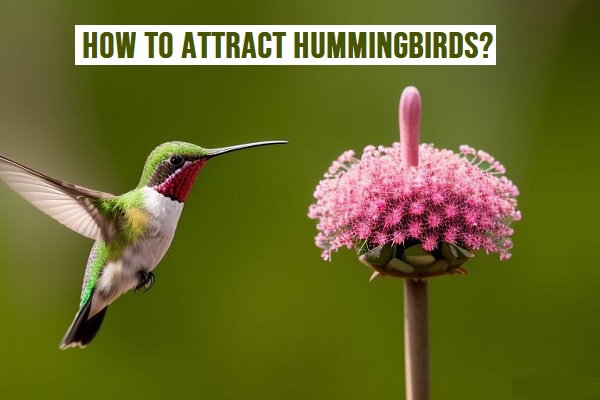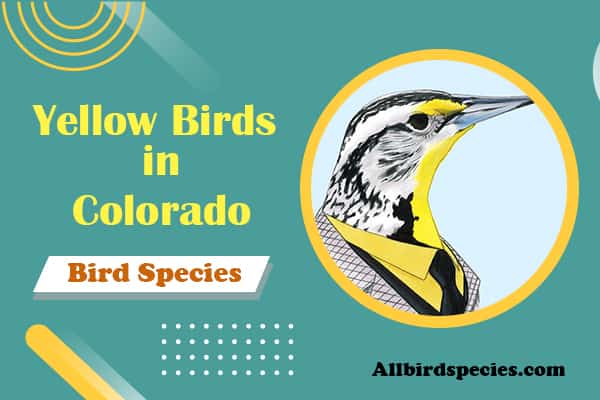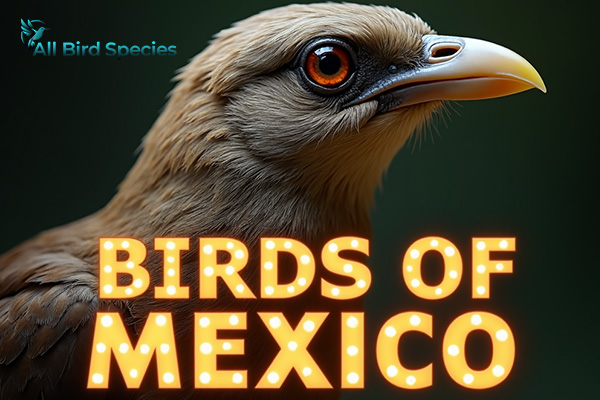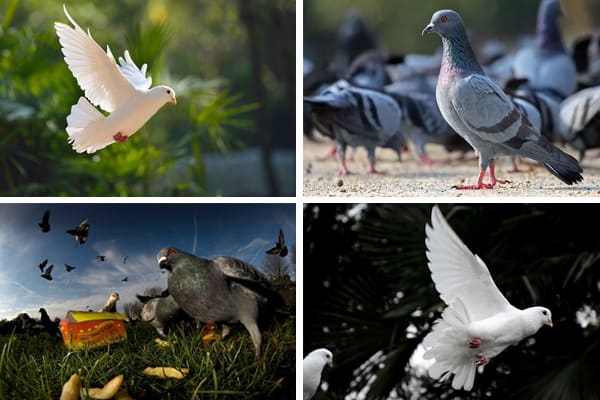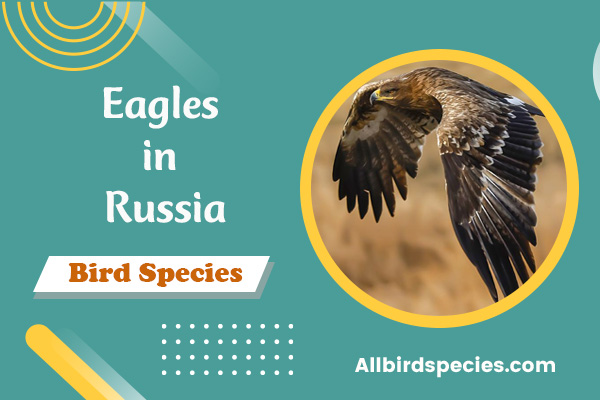Hummingbirds in Illinois (4 Species With Pictures)
Did you know a Ruby-Throated Hummingbird flaps its wings over 50 times a second? This speed is just one of the many wonders of hummingbirds in Illinois. These tiny birds are a joy to watch and are vital for pollination.
We’ll introduce you to four amazing species found in our gardens and nature: the Ruby-Throated Hummingbird, the Black-Chinned Hummingbird, the Rufous Hummingbird, and Anna’s Hummingbird. Each species has its own unique charm and behavior, showing the diversity of hummingbirds.
Common Hummingbirds Found in Illinois
- Ruby-Throated Hummingbird
- Black-Chinned Hummingbird
- Rufous Hummingbird
- Anna’s Hummingbird
1. Ruby-throated hummingbird
- Scientific name: Archilochus colubris
- Life span: 3-5 years
- Size: 3-3.75 in
- Weight: 2-6 g
- Wingspan: 3.1-4.3 in
The Ruby-Throated Hummingbird, known as *Archilochus colubris*, brightens our gardens and landscapes in Illinois. This is the most common hummingbird in our area. Its unique traits make it easy to spot.
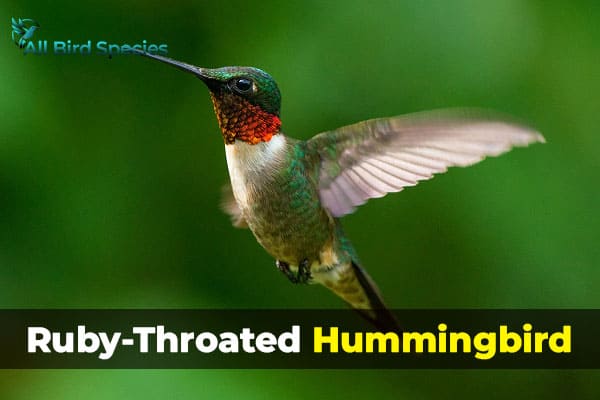
Identification and Characteristics
The male Ruby-Throated Hummingbird stands out with its bright ruby-red throat and shiny green back. Females are less flashy but still beautiful with their subtle colors. They are small and move fast, making a special humming sound with their wings.
Nesting and Migration Patterns
Their nesting habits are quite interesting. They build their nests in tree branches. They use spider silk and plant down to make a safe home for their babies. Every year, they migrate from late summer to early fall. They fly from Illinois to Central America, showing how adaptable they are.
Feeding Habits and Preferences
The Ruby-Throated Hummingbirds loves to eat nectar from flowers. This gives them the energy they need. They also eat small insects to stay healthy during their busy days.
| Characteristic | Details |
|---|---|
| Scientific Name | Archilochus colubris |
| Male Appearance | Vivid ruby-red throat, iridescent green back |
| Female Appearance | More muted colors, still elegant |
| Nesting Material | Spider silk, plant down |
| Migration | Across the Gulf of Mexico to Central America |
| Diet | Nectar and small insects |
2. Black-Chinned Hummingbird
- Scientific name: Archilochus alexandri
- Life span: 3-6 years
- Size: 3-4 in
- Weight: 2.5-4.5 g
- Wingspan: 4.3-5.1 in
The Black-Chinned Hummingbird, known as *Archilochus alexandri*, is a rare sight in Illinois. It catches the eye with its unique look and lively actions. Learning about its identity, habits, and conservation needs helps us value this amazing bird.
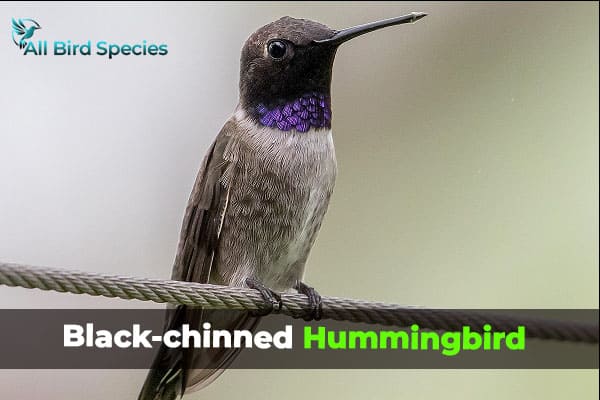
Identification and Characteristics
Males of the Black-Chinned Hummingbird stand out with their dark, shiny throat. This looks great against their green bodies. Females are less flashy, with lighter green and gray colors. These features make them easy to spot in nature.
Behavior and Nesting Practices
These hummingbirds are clever nest builders. They use plant fibers and spider silk to make their nests. These nests are securely placed in tree branches. Their clever nesting shows how adaptable they are and highlights the importance of their habitats.
Conservation Challenges
There are big challenges facing the Black-Chinned Hummingbird. Loss of habitat from cities and farms is a big threat. We need to protect their homes to help them survive. It’s crucial to care for their habitats and spread the word about saving this beautiful bird.
Hummingbirds in other Regions:
| Hummingbirds in Georgia |
| Hummingbirds in Ohio |
| Hummingbirds In Virginia |
| Hummingbirds In Kansas |
| Hummingbirds in Maryland |
3. Rufous Hummingbird
- Scientific name: Selasphorus rufus
- Life span: 3-5 years
- Size: 2.75-3.75 in
- Weight: 2.5-4.5 g
- Wingspan: 3.5-4.3 in
The Rufous Hummingbirds in Illinois, known as *Selasphorus Rufus*, is a bright and engaging bird. It catches the eye with its size and vibrant orange-red feathers. Let’s dive into its unique traits, nesting habits, and migration patterns.

Identification and Characteristics
Rufous Hummingbirds of Illinois are known for their bright orange and red feathers. Males are especially striking, with shimmering colors in the sun. Females are less flashy but still have similar colors. They are small, about 3 to 4 inches, and fly fast, making them hard to miss.
Nesting Behavior
The Rufous Hummingbird’s nests are small and well-hidden. Females build them using plant fibers and spider silk. They place these nests in leafy spots, safe from predators and close to food.
Migratory Journey and Feeding
These birds make a long journey from Alaska to Mexico each year, up to 4,000 miles. Some take a straight path, others a winding one. They eat nectar from flowers and insects to survive. Knowing how to spot and feed them helps us appreciate their amazing life cycle.
| Aspect | Details |
|---|---|
| Scientific Name | Selasphorus rufus |
| Identification | Vibrant orange and red plumage, small size |
| Nesting | Small cup-shaped nests built using plant materials, camouflaged |
| Migration Distance | Up to 4,000 miles between Alaska and Mexico |
| Feeding Preferences | Nectar from tubular flowers, occasional insects |
4. Anna’s Hummingbird
- Scientific name: Calypte anna
- Life span: 4-6 years
- Size: 3.9-4.3 in
- Weight: 2-6 g
- Wingspan: 4.7-5.9 in
Anna’s Hummingbird, known as *Calypte anna*, is a beautiful bird found mainly in western North America. It’s not often seen in Illinois, making it even more special. We can spot it by its bright emerald-green feathers and a lovely rose-pink throat that shines in the sun.

Anna’s Hummingbird stands out for its unique way of nesting. They build their nests in many places, showing how adaptable they are. They use plant fibers and spider silk to make their nests strong and cozy. This shows how clever they are at making the best of their surroundings.
Even though they live mainly in the west, sometimes they visit Illinois, exciting bird lovers. We work hard to help Anna’s Hummingbirds in our area. Our goal is to make their homes better, so they can keep coming back. Their interesting ways and rarity in Illinois make them a favorite among bird watchers.
Related Video:
How to Attract Hummingbirds in Illinois
Attracting hummingbirds to our yards can make our outdoor spaces vibrant and full of life. By using specific plants and feeders, we can make our yards welcoming for these birds. This approach helps create a place where hummingbirds can find food and shelter.
Creating a Hummingbird-Friendly Garden
Creating a garden that attracts hummingbirds is a great way to draw them in. We should use native plants that do well in our climate and offer lots of nectar. Think about adding:
- Bee Balm (Monarda didyma)
- Trumpet Vine (Campsis radicans)
- Cardinal Flower (Lobelia cardinalis)
- Columbine (Aquilegia canadensis)
These plants have tubular flowers that hummingbirds love. Having a mix of these plants will help attract hummingbirds all season.
Using Feeders Effectively
Hummingbird feeders are also a great way to attract these birds. Use a sugar-water solution with 1 part sugar to 4 parts water in the feeders. It’s important to clean the feeders often to keep them safe and inviting. Here are some tips:
- Put feeders in shady spots to keep the nectar from spoiling.
- Use several feeders to reduce fights over food.
- Fill feeders every few days, especially when it’s warm.
By planting native plants and using feeders correctly, we can make our yards a haven for hummingbirds. With some effort, we’ll get to see these beautiful birds visit our gardens all season.
Conservation Efforts for Hummingbirds
To save our beloved hummingbirds in Illinois migration, we must focus on hummingbird conservation. It’s vital to protect their natural homes. This means fixing damaged areas and using native plants for food and shelter. By working together, we can help these colorful birds flourish.
Importance of Protecting Habitats
Keeping hummingbirds safe means protecting their homes. They need places with lots of flowers for food and safe spots to nest. By supporting conservation efforts, we help fix and restore these important areas. This not only helps hummingbirds but also other animals in our ecosystems.
Community Involvement and Awareness
Getting the community involved is crucial for saving hummingbirds. We can teach people about these birds and why they matter. By doing workshops and volunteer days, we can fix habitats together. This way, everyone can help protect our nature and support hummingbird conservation.
Check Our Previous Articles:
| White-necked Raven – Corvus albicollis |
| Woodpeckers in Maryland |
| Hawks in Maryland |
| Woodpeckersin Iowa |
| Hummingbirds in Georgia |
Conclusion
As we wrap up our look at hummingbirds in Illinois, we’ve seen a world full of colors and behaviors. We’ve learned about the Ruby-Throated, Black-Chinned, Rufous, and Anna’s Hummingbirds. These birds show us their beauty and the need for conservation.
We must work together to protect their homes. This means learning about their needs and supporting their survival. By doing this, we can help these birds thrive.
It’s important to focus on conservation. We can start by teaching others about these amazing birds. By sharing tips on how to attract them, we can make our gardens and neighborhoods welcoming.


